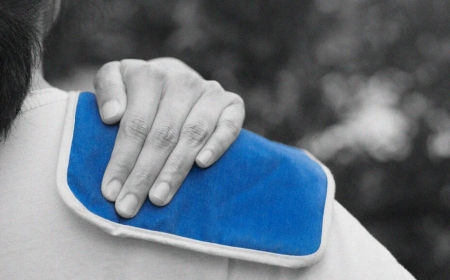Arrhythmia

Introduction:
Imagine your heart as a dancing partner, swaying to the rhythm of life. But sometimes, this dance becomes irregular, like a dancer stumbling on the dance floor. This irregular dance of the heart is called "Arrhythmia." Today, we will explore what Arrhythmia is, how it affects people in India, its signs and symptoms, causes, risk factors, different types, diagnostic tests, treatments, complications, and prevention techniques. We will also learn about some Indian public figures who have faced this condition.
Signs and Symptoms:
Arrhythmia can show some signs that we should be aware of:
- Feeling like your heart is running a race or skipping beats.
- Feeling dizzy or like you might faint.
- Having trouble catching your breath.
- Feeling pain or discomfort in your chest.
- Feeling tired or weak, like you have no energy.
What is Arrhythmia? :
Arrhythmia is when the heart's dance gets offbeat. Normally, our hearts have their own music, like a drummer playing the right rhythm. But with Arrhythmia, the heart may dance too fast, too slow, or in a weird way.
How Is Arrhythmia Classified? :
Arrhythmias are grouped based on where they start and how they affect the heart's dance:
- Supraventricular Arrhythmias: Start from above the bottom part of the heart (ventricles).
- Ventricular Arrhythmias: Begin in the bottom part of the heart (ventricles).
Causes and Triggers:
Arrhythmias can have various reasons, like a DJ playing the wrong song at a party. Some causes include:
- Heart problems: If the heart is not healthy, it can lead to Arrhythmia.
- Infections: Sometimes, germs can disturb the heart's dance.
- Stress: Just like when we feel worried or anxious, it can affect the heart's rhythm too.
Risk Factors with Examples:
Some things can make Arrhythmia more likely, just like some kids might be better at dancing than others:
- Age: As we grow older, the chance of Arrhythmia increases.
- Family History: If someone in the family had Arrhythmia, it might run in the family.
- Heart Diseases: Some kids might have heart problems from birth, making them more prone to Arrhythmia.
Types of Arrhythmia with Detailing for Each Type:
- Atrial Fibrillation (AFib): When the top part of the heart dances irregularly, like a fluttering butterfly.
- Ventricular Tachycardia (VT): The bottom part of the heart dances too fast, like a drummer playing too quickly.
- Ventricular Fibrillation (VF): The bottom part of the heart dances chaotically, like a wild drumming party.
Diagnostic Tests and Treatments:
- Electrocardiogram (ECG or EKG): This is like checking the heart's dance steps on paper. It helps doctors see if there are any irregularities.
- Holter Monitor: A small device that looks like a walkman, it records the heart's dance for a whole day.
- Stress Test: The doctor asks you to dance (exercise) while they watch your heart's rhythm to see if it's okay.
- Echocardiogram: This test uses sound waves to make pictures of the heart's dance and check if it's healthy.
- Implantable Cardioverter-Defibrillator (ICD): A tiny superhero device implanted in the heart to help it dance properly.
Complications of Arrhythmia and Prevention Techniques:
If Arrhythmia is not taken care of, it can lead to problems like a dancer stumbling and falling. But we can help prevent this by eating healthy food, doing exercise, and listening to our doctors when they tell us to take care of our hearts.
Arrhythmia is like a dance party inside our hearts, but sometimes it can go offbeat. By understanding the signs, taking care of our hearts, and visiting doctors if something feels wrong, we can keep our hearts dancing happily to the rhythm of life! Just like we listen to our favorite songs, we must listen to our hearts and give them the love and care they deserve.
What's Your Reaction?


























































